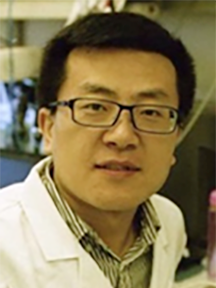
A drug candidate discovered and developed decades ago in the laboratory of UC Davis distinguished professor Bruce Hammock may help control the body's raging and often deadly inflammatory response to chemotherapy treatments, especially for pancreatic and liver cancer patients.
A 16-member international research team, based in the laboratories of Dipak Panigrahy of Harvard Medical School and Hammock, announced the findings in a newly published paper in the journal Proceedings of the National Academy of Sciences (PNAS).
Working in rodent models of liver and pancreatic cancer, they found that they could use a combination of two drugs to reduce inflammation following chemotherapy. Inflammation associated with debris from dying tumor cells can trigger metastasis, the spread of cancer throughout the body.
“We discovered that we can reduce or clear the chemotherapy-generated inflammation by inhibiting or blocking the enzyme, soluble epoxide hydrolase (sEH), and the EP4 prostaglandin receptor,” said co- senior author Hammock, who holds a joint appointment with the Department of Entomology and Nematology and the UC Davis Comprehensive Cancer Center. He is a member of the National Academy of Sciences.
“Basically, when we blocked both the sEH and EP4 eicosanoid pathways, the compounds worked together, preventing pancreas and liver cancer metastasis by stimulating the clearance of debris from prior cancer treatment,” said co-senior author Panigrahy, a physician-researcher with the Israel Deaconess Medical Center, Harvard School of Medicine.
“INV-1120 is a highly potent and selective EP4 antagonist currently in a Phase I clinical trial in the United States (Texas),” said co-senior author Yongkui Sun, chairman of Ionova Life Science, a biotechnology company in China that translates basic biomedical research discoveries into novel therapeutics for cancer. “It demonstrated monotherapy effect and strong synergy with anti-PD-1, the sEH candidate or gemcitabine in fighting cancers such as pancreatic and liver cancers in preclinical animal models.”
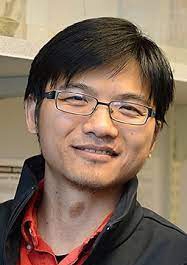
Lead author of the paper, “Eicosanoid Regulation of Debris-Stimulated Metastasis,” is Jianjun Deng, a Harvard Medical School researcher. “Chemotherapy results in excessive inflammation and a cytokine/lipid storm caused by the human body's reaction to this pancreatic cancer therapy,” he said. “The debris increases the sEH and EP4 proteins, which trigger a macrophage-derived storm of pro-inflammatory and pro-angiogenic lipid autacoid and cytokine mediators.”
“Controlling the body's inflammatory response to chemotherapy will likely be important to prevent metastasis,” Hammock said. “It hit me that what we really need to do is not so much block cytokines as to move upstream to modulate them and resolve them rather just block inflammation.”
“One way to modulate cytokines is to regulate the upstream eicosanoid pathways including sEH and EP4. The current discovery showed a very nice example by holistically modulate the eicosanoids to prevent pancreatic cancer and metastasis,” said co-lead author Jun Yang, a research scientist in the Hammock lab.
Sun said that “Among many of the insidious characteristics of cancer, cancer uses its dying cells to ‘train' the immune system to create a tumor microenvironment more favorable for its survival. Dying cancer cells can trigger inflammatory responses and release of cytokines, many of which are pro-tumor growth. Cancer uses this ‘positive feedback cycle' to combat cancer therapies, rendering them less effective.”
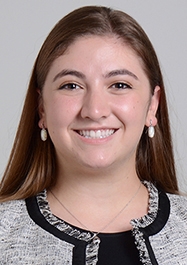
Other co-lead authors of the paper, are Haixia Yang, a researcher at China Agricultural University, Beijing China; and Victoria Haak, a first-year medical student at the University of Buffalo. At UC Davis, Hammock lab researchers also include Sung Hee Hwang, who made many of the compounds.
Hammock and Panigraphy described the research as a “novel but simple and effective approach.” Combining drugs to block the sEH and EP4 pathways is a novel approach to turning down the inflammation and preventing the cytokine storm caused by chemotherapy and even tumor resection, they said.
“We can increase the concentration of natural pro-resolving mediators termed EETs which act on a biological system to produce other pro-resolution mediators which modulate inflammation and actively resolve the process,” Hammock explained.
Hammock founded the UC Davis-based EicOsis Human Health LLC to bring the inhibitor to human clinical trials, now underway in Texas. “Since this soluble epoxide hydrolase inhibitor acts upstream to down-regulate the eicosanoid and the cytokine storm,” he said, “we are optimistic that it can help patients.”
“The techniques developed and used in this publication have tremendous potential to translate to the clinic,” said Panigrahy.
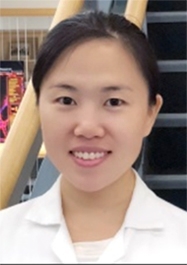
ACS estimates 42,230 new cases (29,890 in men and 12,340 in women) will be diagnosed this with primary liver cancer this year. About 30,230 people (20,300 men and 9,930 women) will die of these cancers. “Liver cancer incidences rates have more than tripled since 1980, while the death rates have more than doubled during this time,” according to an ACS cancer site.
The Hammock-Panigrahy labs not only have elucidated how chemotherapy increases cancer risk, but their collaborative work shows promise for preventing metastasis and recurrence of cancer following surgical tumor resection and chemotherapy. “These exciting studies show that pre-operative or peri-chemotherapeutic management of inflammation may stave off cancer recurrences,” Panigrahy said.
“It is always important to realize that the most significant translational science we do in the university is fundamental science,” said Hammock, marveling that “this all began by asking how caterpillars turn into butterflies.”
The research drew major funding from the National Institutes of Health (NIH) through two grants to Hammock, who directs the Superfund Program at UC Davis. He received grants from the National Institute of Environmental Health Sciences (NIEHS) Superfund Research Program; and the NIH RIVER (Revolutionizing Innovative, Visionary Environmental Health Research) Program. The research was also funded by three grants to Panigrahy: Credit Unions Kids at Heart; Joe Andruzzi Foundation; and the C.J. Buckley Pediatric Brain Tumor Fund.
Publication:
PNAS research article
Attached Images:
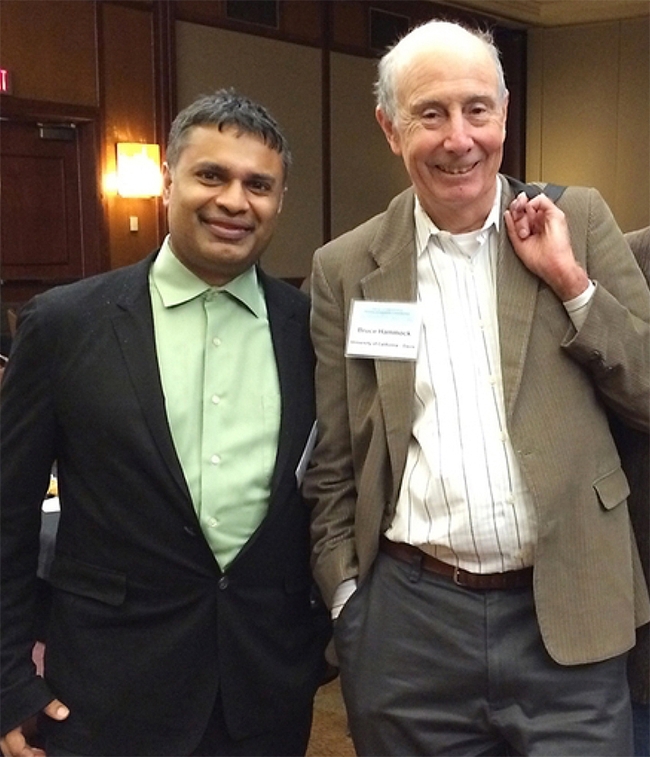
The cancer research was based in the laboratories of physician-researcher Dipak Panigrahy (left) of Harvard Medical School and UC Davis distinguished professor Bruce Hammock, who holds a joint appointment with the Department of Entomology and Nematology and the UC Davis Comprehensive Cancer Center. They are shown here at a recent conference.
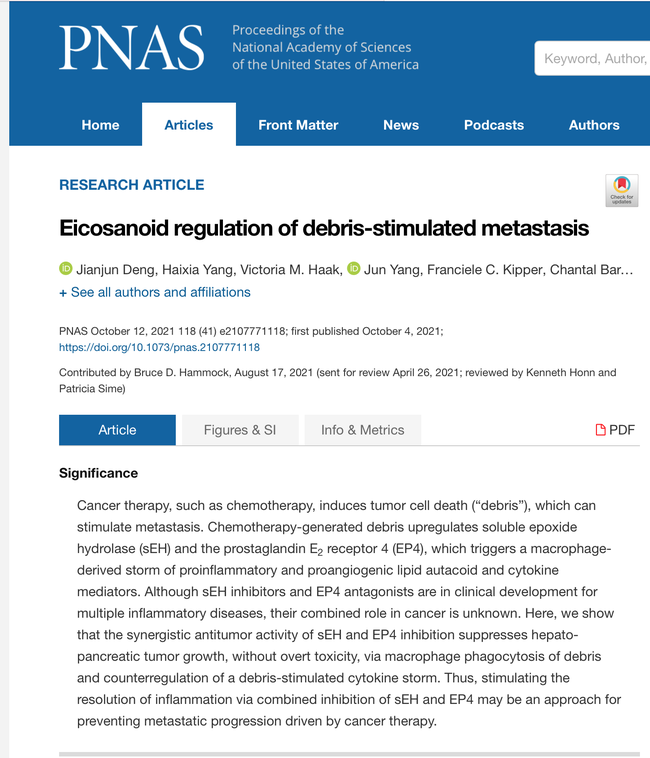
Screen shot of research article, "Eicosanoid Regulation of Debris-Stimulated Metastasis" in PNAS. See https://bit.ly/3FfCOGN.